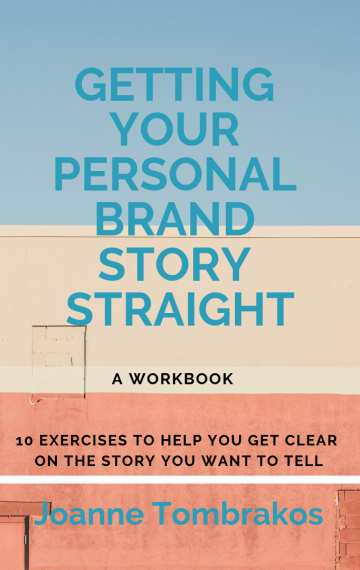The really cool stuff, the ideas and innovations that are changing our lives are not being created in the big corporate offices.
Apple’s roots were in somebody’s parents’ garage. Facebook was created by a couple of college students. Twitter is reportedly the result of a brainstorming session by a podcasting company. Instagram, Pinterest and Vine were not borne in an idea lab funded by a big multi-million dollar corporation. Warby-Parker – who has disrupted the entire eyeglass industry – was the result of a conversation between four Wharton graduate students over why it was so hard to find a reasonably priced pair of stylish eyeglasses. Social media channels continue to proliferate. Case in point – Happier, which bills itself as a “simple and beautiful way to collect happy moments you find in every day, share them with close friends, and be inspired to do more of what makes you happier.”
Big business resists innovation. They might say otherwise, but they hardly walk the walk and instead create hierarchies of processes that make it near impossible to do something new in real time.
They don’t like risky. Risky is too hard to explain to their board members and shareholders. That conversation is not about the cool and cutting edge. It’s about what their monthly financial statements look like.
There’s no doubt in my mind if the idea for Happier was pitched internally at a stalwart media company that it would have fallen on deaf ears. In those environments – if it bleeds, it leads. Which would be their reasoning behind passing on the opportunity as they explained that happy stories don’t make money.
Except of course the one about the new start-up called Happier that according to the New York Times has found $2.4 million in seed funding.
note: This is Day #24 of the 30 Day Experiment. Here are the details on how it all started.



Leave a Reply